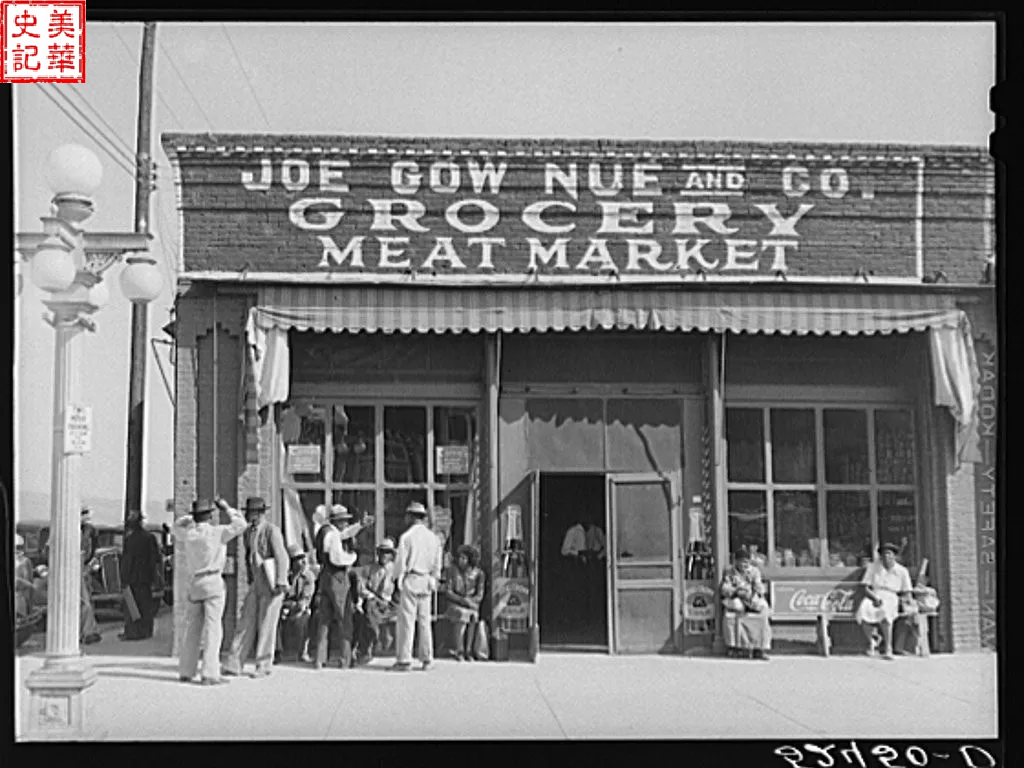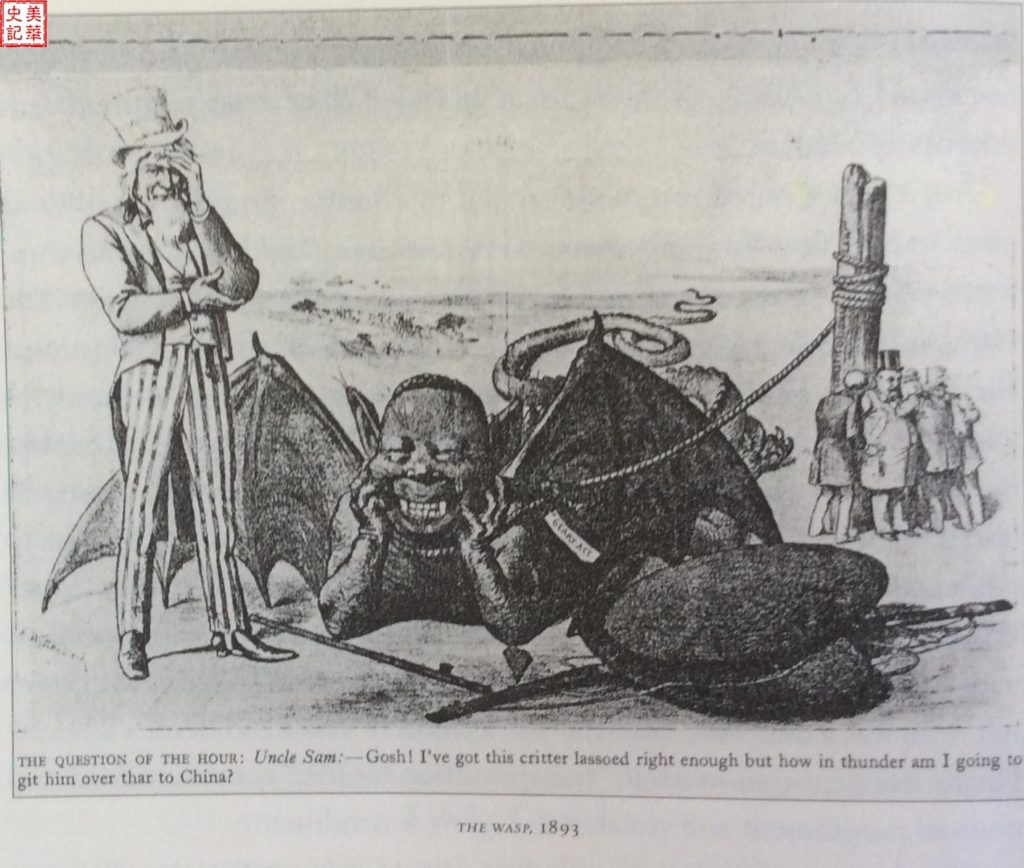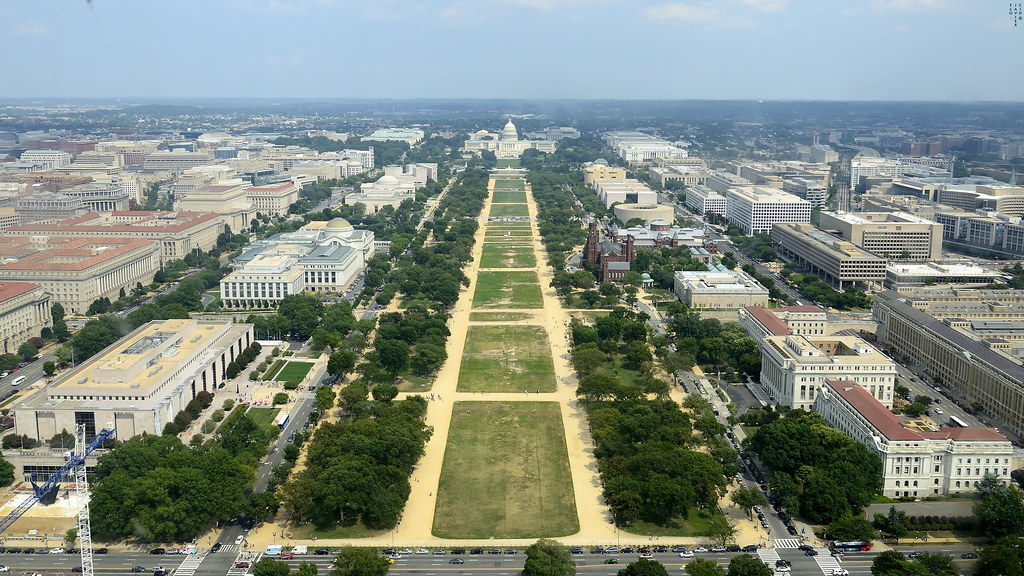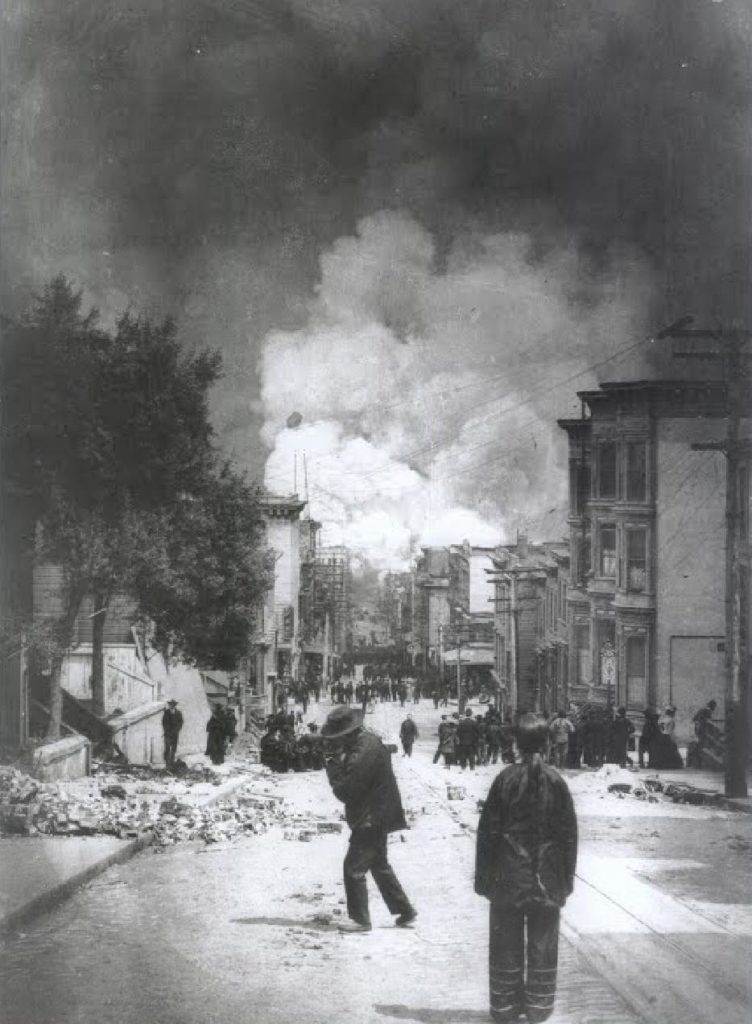While the Chinese Exclusion Act of 1882 closed the legal door for immigration, many Chinese switched their tactics by entering the country illegally and they probably became US’ first illegal immigrants. Moreover, these illegal Chinese immigrants who had sneaked into the US through Canada, Mexico, or unguarded shores might have set a precedent for future unlawful immigrants. To prevent the breach of its border by illicit immigrants, the US government hence began to extend its border security to its neighbors such as border diplomacy in Canada and border policing near the border with Mexico. Despite the effective border security in both northern and southern sides, some Chinese managed to take advantage of legal loopholes to acquire admission to the country as legal immigrants or even citizens. In addition, during the third decade after the passage of the Chinese Exclusion Act, many Chinese Americans had begun to embrace international politics. Led by the Society to Protect the Emperor (Bao Huang Hui) and the Chinese Consolidated Benevolent Association (Zhong Hua Hui Guan), they called for and donated money to support the boycott of American goods across seas in 1905-06. They also contributed funds to the anti-Manchu revolution and some of them even returned to China to join the uprisings. In 1912, when the Chinese Exclusion Act entered its fourth decade, the last dynasty of the Qing Empire, which lasted thousands of years, finally came to an end.








